Tracing the roots of invasive species
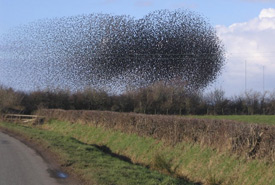
A murmuration of starlings (Photo by John Holmes, Wikimedia Commons)
In the media world of conservation, there seems to be no shortage of news on invasive species — plants, animals and organisms that were introduced (accidentally or deliberately) to an area outside of their native range and where their...
What happens to invasive species in the winter?
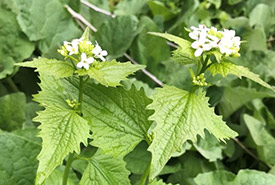
Second-year garlic mustard plant (Photo courtesy Invasive Species Centre)
With the change in seasons, invasive species may become out of sight and out of mind. But they always seem to come back every year. So where do they go in winter? Researchers are working to answer this question by investigating how invasive...
Mouse-ear hawkweed: Friend or foe?
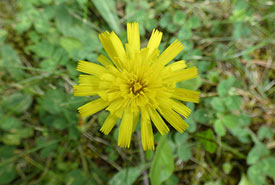
Mouse-ear hawkweed flower (Photo by mhalsted, CC BY-NC 4.0)
A species is considered invasive or alien when it is located outside its natural distribution and threatens humans and/or the environment. There aren’t a lot of clear answers about the impact of certain invasive species and the problem is...
Keep your coffee mug covered: How spongy moths put a lid on my camping trip
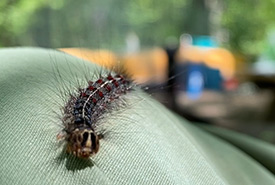
A caterpillar crawling on my pants (Photo by Jensen Edwards/NCC staff)
As a west-coaster, I’ve come to relish the soothing splats of raindrops on my tent — so long as, of course, I am dry and warm inside. That sound, that damp smell that steams up from rainforest ferns, they awaken in me memories of...
What's up with the very hungry caterpillars?
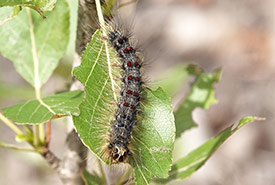
Each spongy moth caterpillar can eat one square metre of leaves in one season (Photo by Paul Prior, CC BY 4.0)
If you have young children in your life, The Very Hungry Caterpillar, by the late and celebrated children’s author Eric Carle, is probably a familiar read and has been a fan favourite since 1969. This spring and summer though, there is...
Be on the lookout for these eight common invasive species
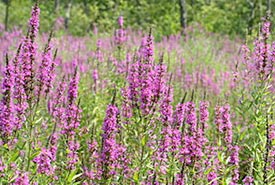
Purple loosestrife (Photo by Liz West, Wikimedia Commons)
Spending all this time at home has helped me realize something: I’ve been in denial about the invasive plants growing around my home. The little patch of garlic mustard by our front steps, which I’m sure came from seeds on my boots...
Interns and olives
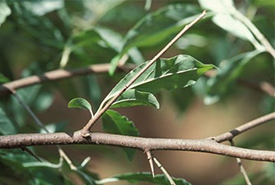
Autumn olive (Photo by James H. Miller)
When I started my Canadian Conservation Corps internship (a three-part program funded in part by the Canadian Service Corps, a youth-focused nature and conservation experience) with the Nature Conservancy of Canada (NCC) as a conservation...
Calling in the corps — the Canadian Conservation Corps
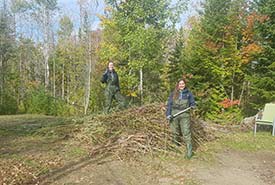
CCC participants cutting invasive phragmites stems (Photo by NCC)
They say that many hands make light work. Well, I don’t know if the hard-working young people who hauled brush, cut phragmites stems or collected buckets of acorns would tell you that the work was “light” but I can certainly say...
How collaboration kept an invasive beetle at bay
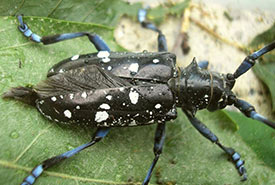
Asian longhorned beetle with wing exposed under elytron (wing casing) (Photo by Pudding4brains, Wikimedia Commons)
What is black with white spots and shiny all over? It’s the invasive Asian longhorned beetle (ALB)! This beetle is well known for its striking appearance, piercing eyes and antennae that extend beyond the rear of its body. It has no natural...
Protected doesn’t always mean perfect
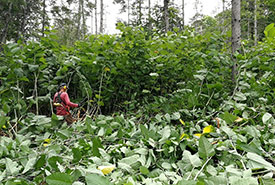
Volunteer cutting the giant knotweed using a hedge trimmer (Photo by NCC)
Imagine frolicking along on a Nature Conservancy of Canada (NCC) property, hoping to stumble upon some neat findings, like rare herptiles and unique plants. But then you look up and scan the landscape to see what may be your worst nightmare: a...

